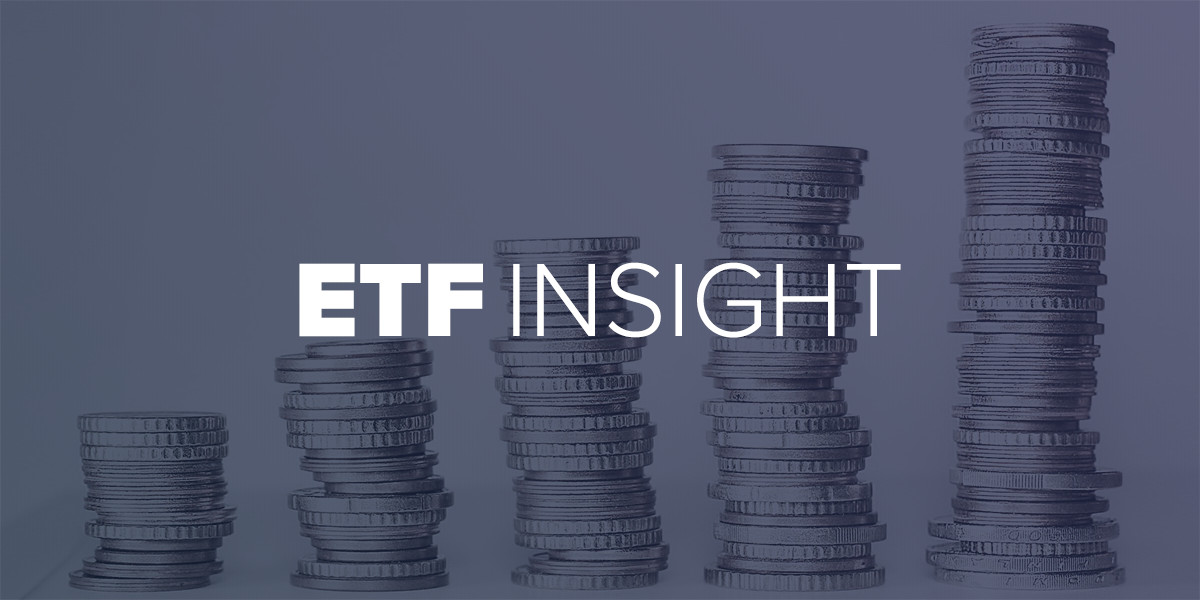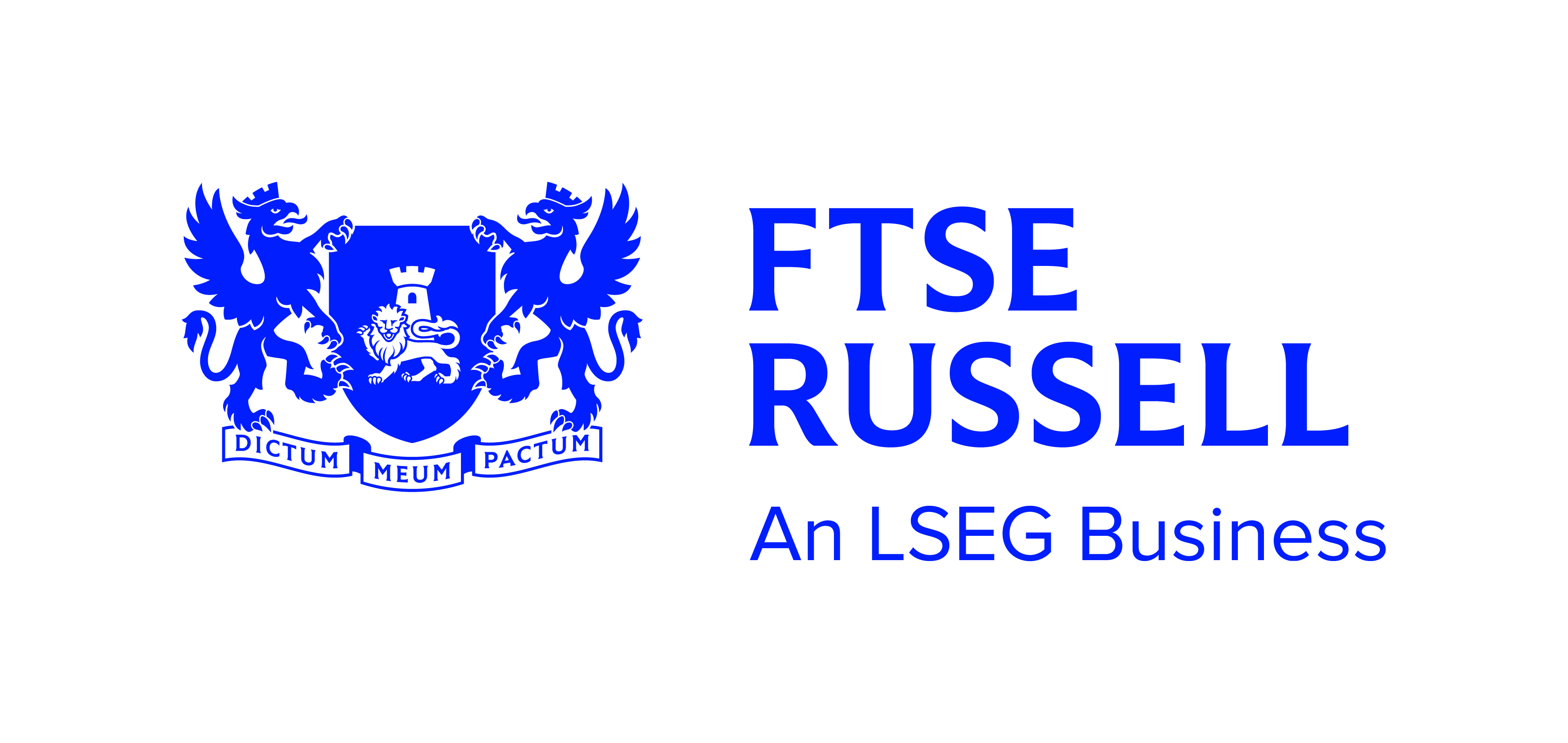How index providers employ different construction methodologies for income indices has come to the fore following widespread dividend cuts over the past few months as a result of the ongoing coronavirus pandemic.
The disaster befalling the UK equity income sector appears to be worsening by the day as company after company reacts to the COVID-19 pandemic by cutting their dividends.
According to AJ Bell, as of last week, 42 of the FTSE 100 had opted to either cut or suspend their dividend in the face of the unprecedented economic crisis including such bellwether stocks as Shell which announced its first cut since the Second World War and BT which has suspended its own shareholder pay-out for two years in order to preserve cash.
Such is the drastic nature of the actions taken to date – and predicted – that Russ Mould, investment director at AJ Bell, forecasted FTSE 100 dividends this year will amount to no more than £50bn. This compares with £73bn in 2019 and £89bn the year previous.
“It is quite possible that dividends do not return to 2018 levels for some time,” he added. “Overall earnings cover for dividends in the FTSE 100 had been thin for a while and was well below the comfort level of 2 times.”
On a practical level, this poses some problems for the index providers. Mark Fitzgerald, head of product specialists at Vanguard, said FTSE Russell indices have already made adjustments for the cancelled dividends and says other index providers will follow, depending on their methodology and portfolio construction.
FTSE Russell’s dividend indices use IBES forward-looking dividend yield data, he continued, meaning if a company cancels its dividend, the IBES data will have a zero dividend yield and therefore would not be eligible for the high dividend indices at the next rebalance.
Other index providers, meanwhile, utilise a backward-looking approach which generally works on the assumption that a company that paid dividends in the past will continue paying dividends in the future.
“Whichever approach an index uses, the number of delayed and cancelled dividends we are now seeing is likely to result in higher-than-normal turnover in index constituents,” Fitzgerald said. “Also note that although index providers have clear index rules, they can become guidelines in exceptional market conditions.”
Additional criteria
Addressing just this issue, a blog posting from S&P’s index experts said the recent market volatility “underscores the importance of including additional criteria, beyond yield, to select constituents within dividend indices”.
As Peter Sleep, senior investment manager at 7IM, suggested, for S&P’s DJI Dividend Aristocrats index, there has to now be a question about whether enough companies will fit the index’s criteria of having increased the dividend every year for 25 years.
But he added: “The other dividend indices should be fine though as they are based on relative metrics rather than absolute rules.”
The S&P team pointed out in its blog that the Dow Jones US Select Dividend index includes quality screens such as including with a solid track record of dividend payments over five years, along with sufficient coverage to sustain its current dividend level and positive earnings.
Meanwhile, the S&P Global Dividend Opportunities index includes companies with a track record of stable or increasing dividend growth over three years, along with having enough cash flow from core operations to support dividends and positive earnings.
Turning elsewhere
Still, even with a wider remit, these indices will still be pressured. “As it stands, dividends and buybacks are facing a significant headwind,” Fitzgerald said. “There remains significant uncertainty around the full scale of the cuts but early forecasts estimate that at least 28% of dividend payments in Europe are at risk of being cut or suspended.”
Providers of equity income ETFs will be hoping that investors will show some patience until more certainty emerges over both earnings and dividends.
“Long term, when normal levels of profitability are re-established, I would also expect pay-out ratios to return their long-term average level as a percentage of profits,” Sleep predicted.
That percentage is likely lower than the 5% or more that was implied by the dividend yield of the FTSE 100 at the turn of the year, Mould explained. The £50bn FTSE 100 dividend prediction is closer to 3%, “a much more realistic figure” he said given the context of a Bank of England base rate of 0.1% and a 10-year Gilt yield of 0.21%.
Long-term view
Fitzgerald said income investors should consider the bigger picture. “We suggest investors remain diversified across their income generating portfolios. As corporate bond valuations have been falling, new issue bonds are coming to the market at higher premiums and increasing the incentive to hold bonds.”
Sleep said 7IM has switched out of government bonds and into corporates including the iShares Sterling Corporate Bond which yields 2.25% and the X-Tracker USD High Yield Corporate Bond ETF 1D, although as he notes that a yield north of 8% “seems a bit high.”
Meanwhile, Mould concluded by suggesting that if the current recession is followed by a bout of inflation, then niche products such as gold ETFs will come to the fore.
ETF Insight is a series brought to you by ETF Stream. Each week, we shine a light on the key issues from across the ETF industry, analysing and interpreting the latest trends in the space. For last week’s insight, click here.
Sign up to ETF Stream’s weekly email here




